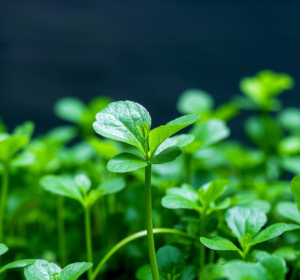Physical Address
304 North Cardinal St.
Dorchester Center, MA 02124
Physical Address
304 North Cardinal St.
Dorchester Center, MA 02124
Watercress, also known as Nasturtium officinale, is often mistaken for lettuce due to its similar appearance and both being commonly used in salads. However, watercress is a distinct plant with unique characteristics that set it apart from lettuce. Understanding these differences can help you use watercress effectively in your culinary creations.

Watercress is a leafy green herb that belongs to the Brassicaceae family, which also includes mustard, kale, and cabbage. It has a slightly spicy, peppery flavor and is known for its crisp, tender texture. Unlike lettuce, watercress has a more robust and slightly bitter taste, making it a versatile ingredient in both raw and cooked dishes.
While watercress and lettuce are both leafy greens, they have distinct differences:
Watercress is a popular ingredient in many cuisines, including European, Asian, and Middle Eastern. Here are some ways to use watercress:
Watercress is not just a culinary gem; it also offers significant health benefits:
While both watercress and lettuce are healthy, they have different nutritional profiles and uses:
Watercress is often confused with lettuce due to their similar appearance and both being popular salad greens. However, watercress is a unique and versatile ingredient with its own distinct flavor, texture, and nutritional benefits. Whether you’re a fan of lettuce or exploring new greens, watercress is a valuable addition to your culinary repertoire.
By understanding the differences between watercress and lettuce, you can use this versatile herb to enhance your meals and enjoy its many benefits. So, the next time you’re at the market, don’t overlook watercress—this green gem is worth giving a try!